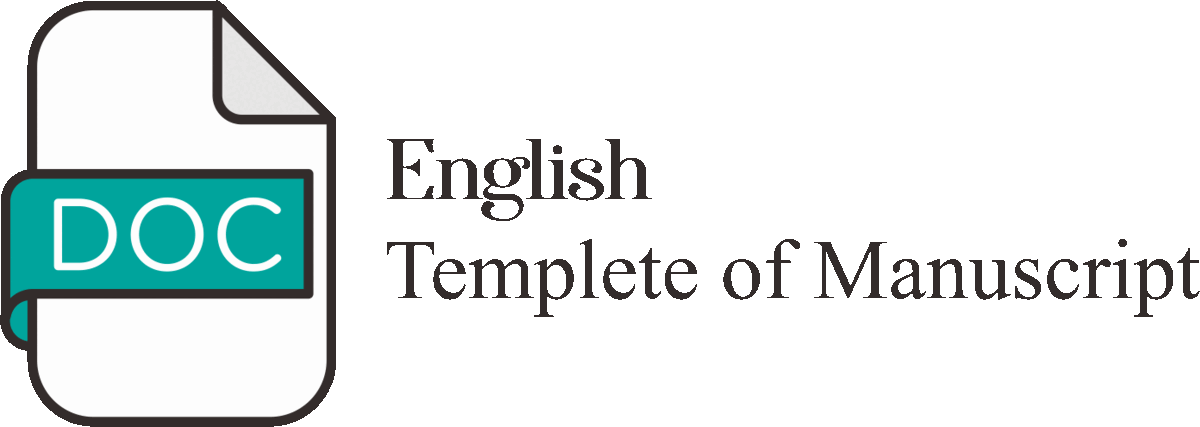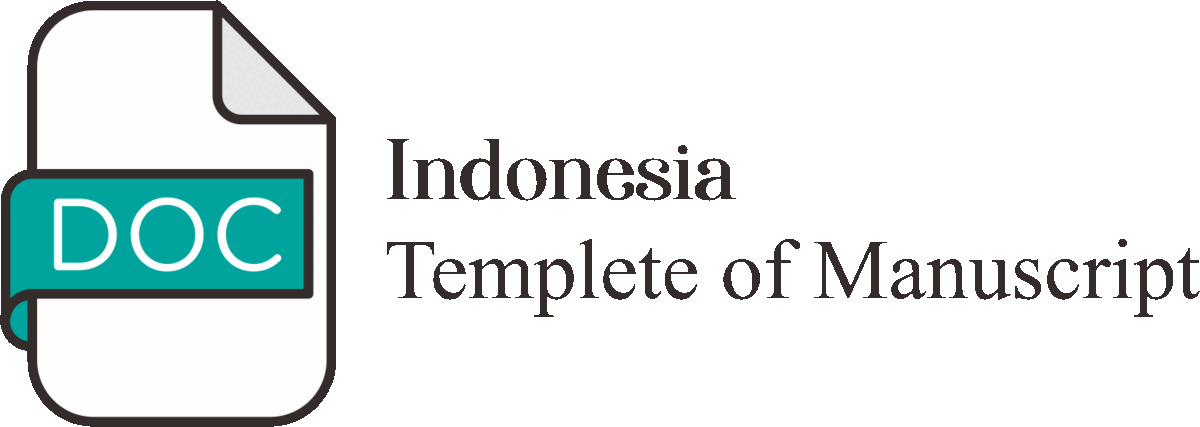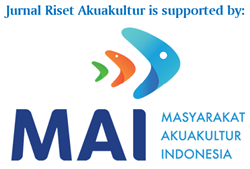PEMETAAN HABITAT DASAR PERAIRAN PANTAI DAN IMPLIKASINYA BAGI PENGEMBANGAN BUDI DAYA RUMPUT LAUT: Studi Kasus di Perairan Mensanak, Kabupaten Lingga, Provinsi Kepulauan Riau
Abstract
Penelitian ini bertujuan untuk melakukan pemetaan habitat dasar perairan pantai yang selanjutnya digunakan untuk menganalisis kesesuaian lahan bagi budi daya rumput laut dengan sistem tebar dasar. Data yang digunakan dalam penelitian ini terdiri atas data citra satelit Landsat 7, data lapangan, dan data sekunder lainnya. Sebanyak 90 titik sampling yang tersebar secara acak telah dikumpulkan selama survai lapangan pada bulan Januari 2002. Pemetaan habitat dasar dilakukan dengan menggunakan persamaan Lyzenga. Berdasarkan klasifikasi ekologi, habitat dasar perairan diklasifikasikan menjadi empat kelas sesuai dengan dominasi jenis habitat dan implikasinya bagi pengembangan budi daya rumput laut, yaitu zona pasir, zona substrat, zona seagrass, dan zona karang hidup. Dari total potensial area untuk kegiatan budi daya rumput laut seluas 44 km2, hanya 8 km2 (19%) yang tergolong sangat sesuai.
This study was conducted to map coastal sea bed habitat in order to identify suitability area for seaweed culture using bottom culture technique. Used data in this study comprised of satellite remote sensing of Landsat 7 data, field observation data and other secondary data. Total of 90 sampling points were collected during the field observation in January 2002. In order to map sea bed habitat, Lyzenga algorithm was used. Based on ecological classification which was emphasis on dominance of type of each habitat and implication to seaweed culture, this study was able to classified sea bed habitat into four classes such as bare sand zone, substrate zone, seagrass zone, and life coral zone. From the total potential area for seaweed culture about 44 km2, only about 8 km2 (19%) is categorized into very suitable.
This study was conducted to map coastal sea bed habitat in order to identify suitability area for seaweed culture using bottom culture technique. Used data in this study comprised of satellite remote sensing of Landsat 7 data, field observation data and other secondary data. Total of 90 sampling points were collected during the field observation in January 2002. In order to map sea bed habitat, Lyzenga algorithm was used. Based on ecological classification which was emphasis on dominance of type of each habitat and implication to seaweed culture, this study was able to classified sea bed habitat into four classes such as bare sand zone, substrate zone, seagrass zone, and life coral zone. From the total potential area for seaweed culture about 44 km2, only about 8 km2 (19%) is categorized into very suitable.
Keywords
habitat mapping; GIS; remote sensing; seaweed; aquaculture; Riau archipelago
Full Text:
PDFDOI: http://dx.doi.org/10.15578/jra.2.2.2007.271-280

Jurnal Riset Akuakultur is licensed under a Creative Commons Attribution-ShareAlike 4.0 International License.

















